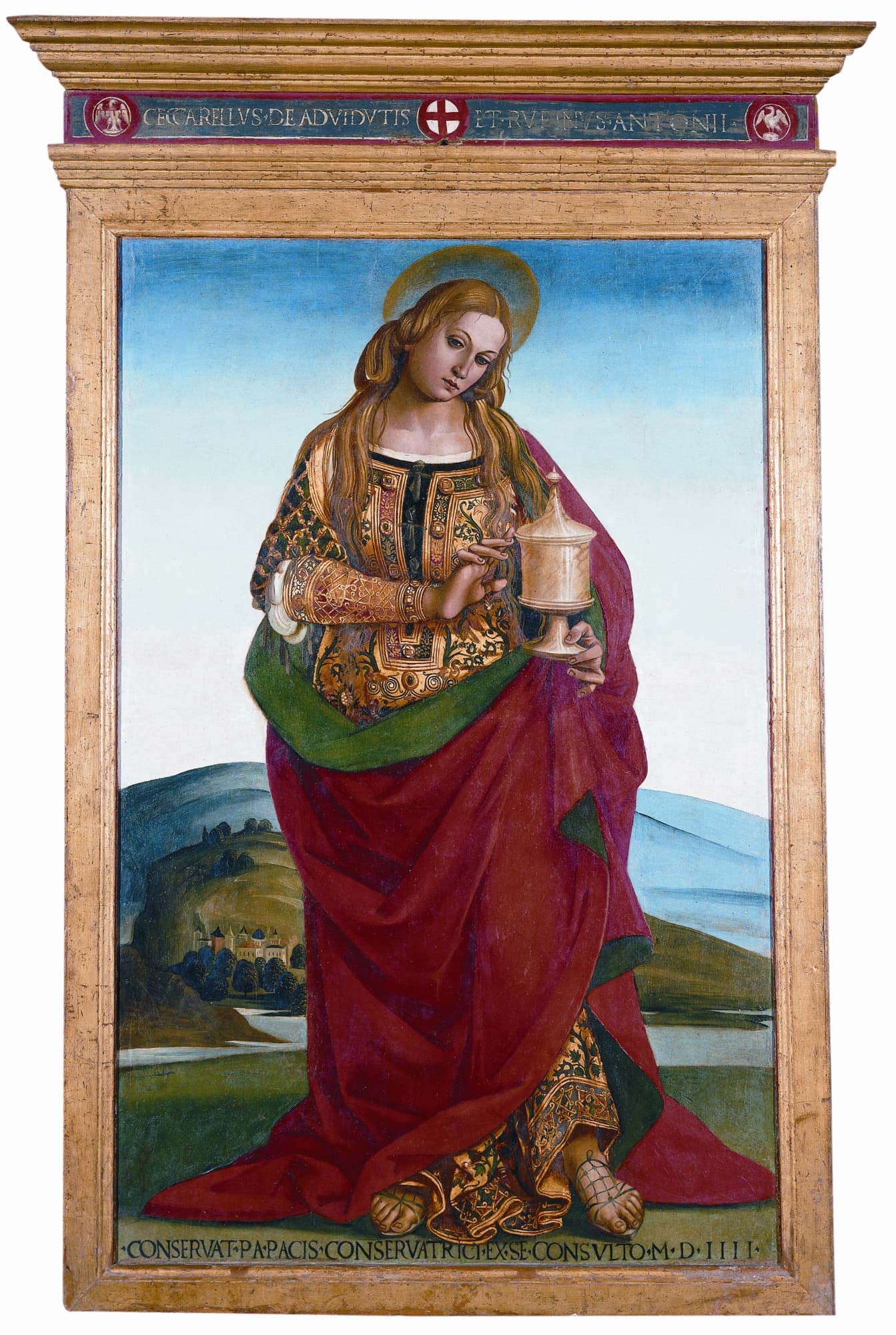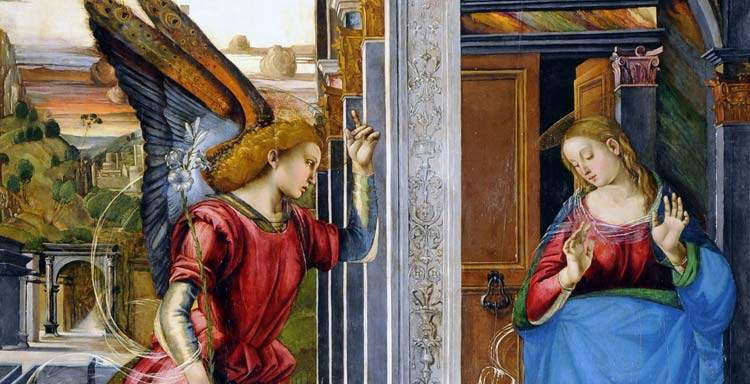On the occasion of the five-hundredth anniversary of the death of Luca Signorelli (Cortona, c. 1445 - 1523), from June 23 to October 8, 2023, the city of Cortona remembers its most illustrious painter with the exhibition Signorelli 500. Maestro Luca da Cortona, Painter of Light and Poetry at the Museum of the Etruscan Academy and the City of Cortona. The exhibition brings together in the city of Luca, after seventy years since the last exhibition occasion, some thirty of the artist’s works from prestigious Italian and foreign museums, including important loans from private collections and from overseas, and will be a useful opportunity to further relocate Luca da Cortona among the great artists of the time, in light also of studies in recent years.
Promoted by the City of Cortona and the Accademia Etrusca di Cortona, under the auspices of the National Committee for Celebrations established by MIC, organized by Villaggio Globale International and curated by Tom Henry, professor emeritus at the University of Kent and former director of the School of Classical and Renaissance Studies at the English University in Rome, theexhibition focuses on Luca Signorelli’s painting production with the aim of tracing the artist’s career, making evident the strength of his colorism, the scope and originality of his inventions so admired by Vasari, the narrative power of the works and the ability he had to go beyond his contemporaries, becoming “a beacon for the greats of the Renaissance.” What has made the overview of Signorelli’s path difficult is above all the dispersion of the Cortona artist’s works in so many places and sites,in Italy and abroad, starting with the astonishing fresco cycles that made him famous.
From the Uffizi Galleries in Florence to the Museo Nazionale Capodimonte in Naples, from the Fondation Jacquemart-André in Paris to the National Gallery in London, from the Museo dell’Opera del Duomo in Orvieto to the Pinacoteca Comunale in Sansepolcro or even from the National Gallery of Irland in Dublin to the High Museum of Art in Atlanta, the paintings on display have been selected on the basis of their very high quality and appear representative of each decade of of Signorelli, beginning with one of the very first works still under the influence and magisterium of Piero della Francesca, from a private collection in New York.
Several innovations announced that the exhibition will offer including, by way of anticipation: the recomposition as far as still possible of the Matelica Altarpiece, made in 1504-1505 for the church of Sant’Agostino in Matelica, dismembered and dispersed around the world in the mid-18th century; then the presence of two precious panels with the Birth and The Miracle of St. Nicholas (c. 1508 - 1510), for the first time back in Italy from the United States of America (Atlanta); and again the reunion, which has never succeeded in modern times, of the central panel of the Polyptych of the church of Santa Lucia in Montepulciano, depicting the Madonna and Child Enthroned, with its predella, composed of three panels on loan from the Uffizi in Florence, in which Signorelli shows all his narrative vein. After all, power of imagination and visual invention are rare qualities recognized to the great artist already by his contemporary, courtier, painter and poet Giovanni Santi who, with a term usually reserved for the liberal arts, called the Cortonese “d’ingegno e spirito pelegrino” to emphasize his lively intellect; but also by the supreme biographer Vasari who, as well as for Filippino Lippi, only for Signorelli made explicit reference to the imaginative capacity in a 15th-century artist, recalling the frescoes in Orvieto Cathedral. Signorelli, Vasari wrote, is “that person, who with the foundation of drawing, and of the ignudi particularly, and with the grace of invention and disposition of the histories, opened to the majority of the artisans the way to the ultimate perfection of art.”
The exhibition is integrated with the Signorelli Itineraries (in the city, particularly at the Diocesan Museum and the church of San Niccolò, and in the Tuscan-Umbrian localities that are custodians of important testimonies of the Master), desired and promoted by the organizers as a fundamental moment of completion of the exhibition, through agreements and collaborations activated with the municipalities and institutions involved. An important network that will give life to a territorial valorization path of the great Renaissance painter, with Cortona as its center, destined to endure over time thanks to a specific guide that accompanies the exhibition catalog (both published by Skira), maps, facilities and much more. The exhibition will also be accompanied by a dense program of accompanying events, planned as early as next March - conferences, concerts, lectio, etc. - related to Signorelli and the historical and cultural context in which he lived and worked, in a central Italy animated by the ferments of the transition between the 15th and 16th centuries.







 |
| Cortona hosts major exhibition on Luca Signorelli 500 years after his death |
Warning: the translation into English of the original Italian article was created using automatic tools. We undertake to review all articles, but we do not guarantee the total absence of inaccuracies in the translation due to the program. You can find the original by clicking on the ITA button. If you find any mistake,please contact us.